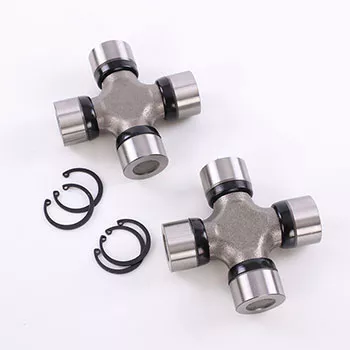The PTO shaft (Power Take-Off shaft) in Australia is a power transmission device widely used in agricultural machinery, construction machinery, and commercial vehicles. It realizes multi-functional operation by transmitting engine power to other equipment or accessories.

Basic Structure of PTO Shaft
Shaft Body
The core part of the PTO shaft is the shaft body, which is usually made of high-strength alloy steel to ensure its durability under high torque and high speed. The shaft body is typically divided into two or more sections, connected by universal joints to meet the power transmission needs of different angles and positions.
Universal Joints
The universal joint is a component used to connect shafts at different angles in a PTO shaft. It allows the shaft body to be angularly adjusted within a certain range, thus adapting to the different installation positions and movement states of the equipment. Common types of universal joints include cross shaft universal joints and ball cage universal joints.

Bearings
Bearings are used to support the shaft and reduce friction, ensuring the stability and reliability of the PTO shaft when it rotates at high speeds. Common bearing types include ball bearings and roller bearings, which are usually installed at both ends and in the middle of the shaft.
Shields
Shields are used to protect the rotating parts of the PTO shaft from accidental injury by preventing the operator from coming into contact with the high-speed rotating shaft. Guards are usually made of metal or high-strength plast
